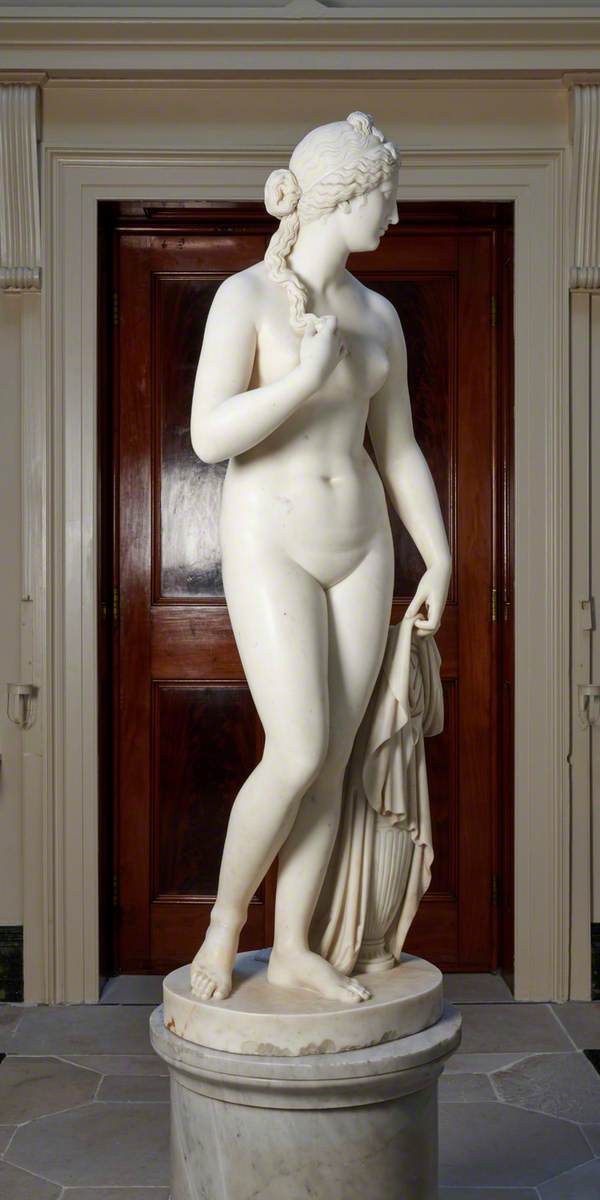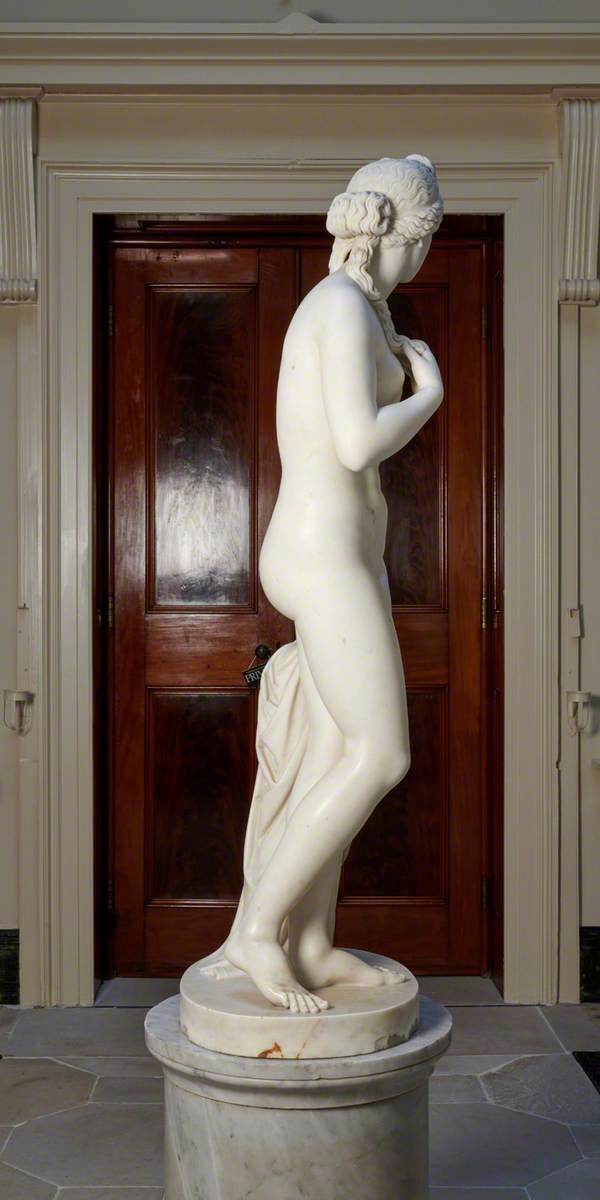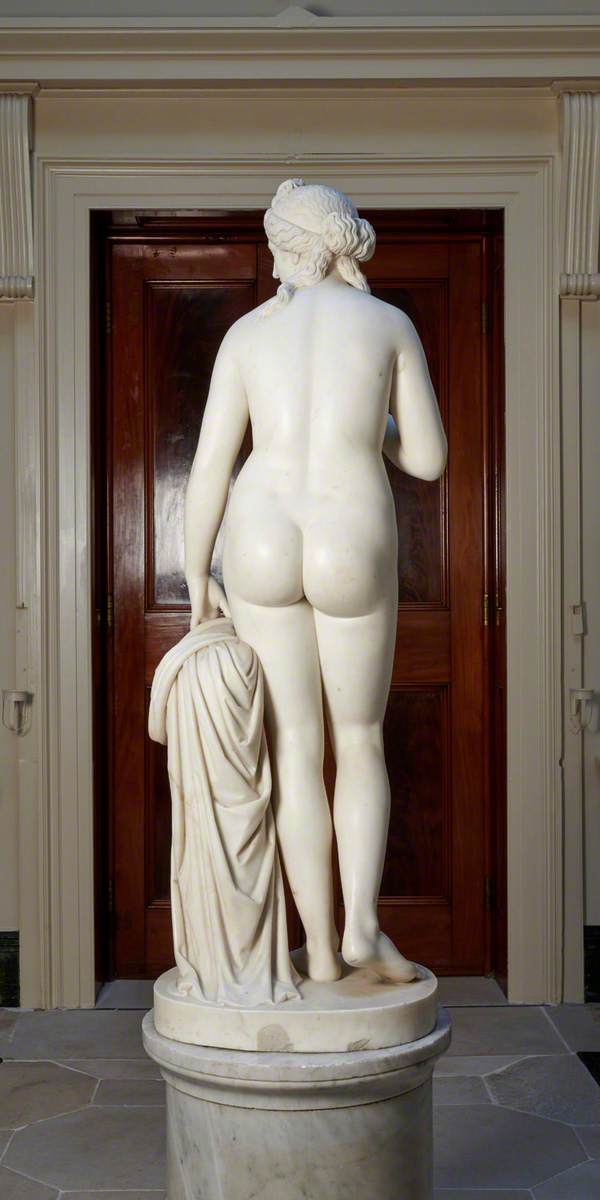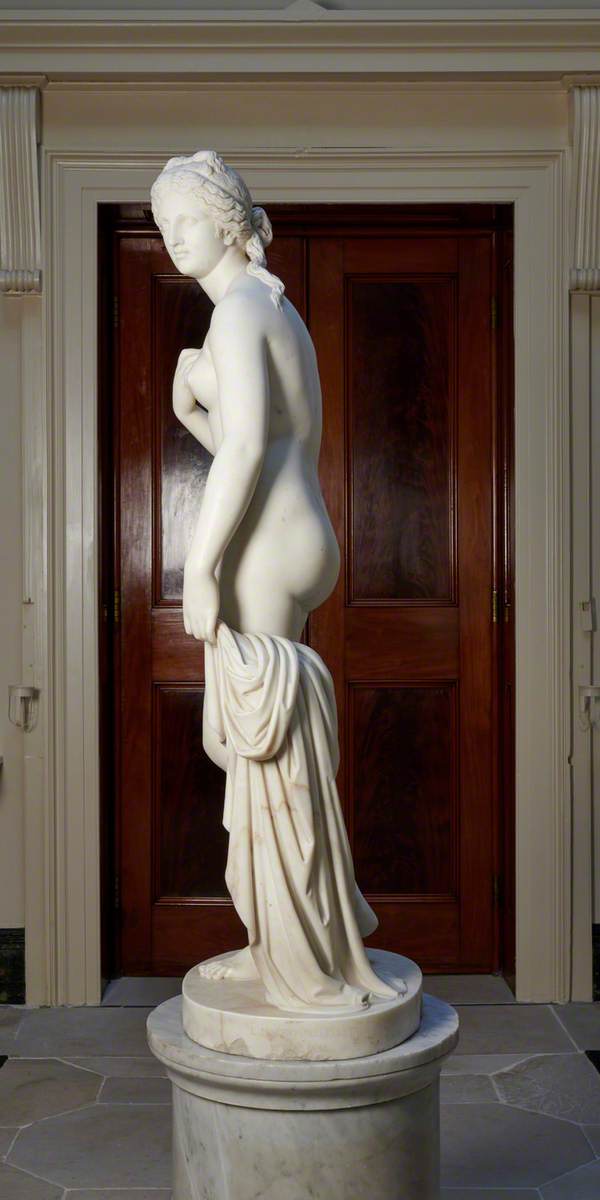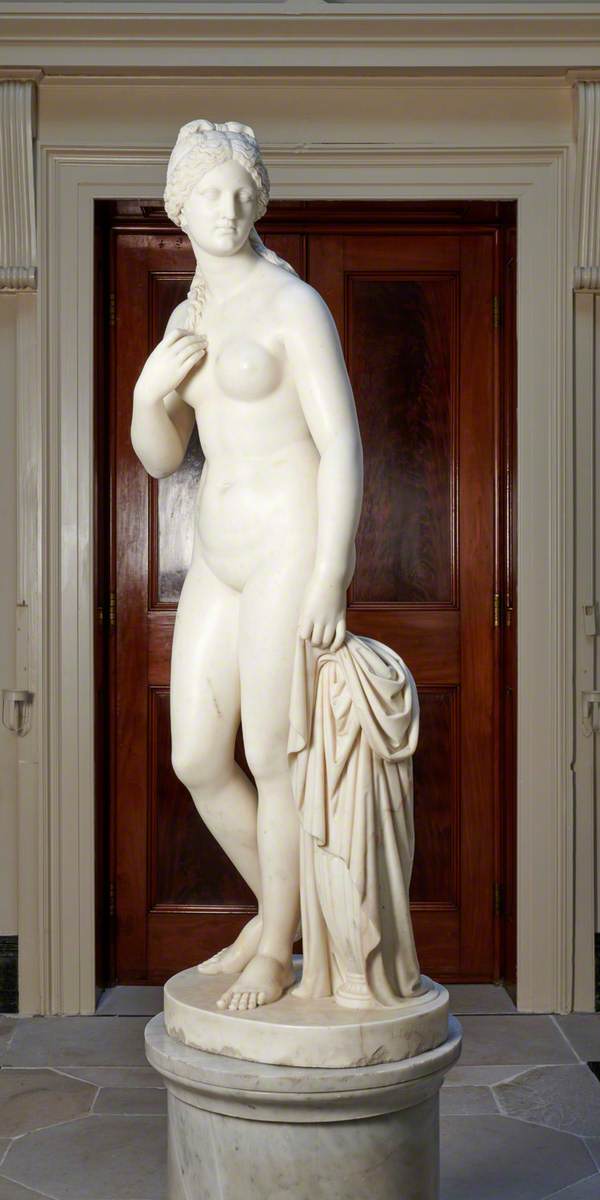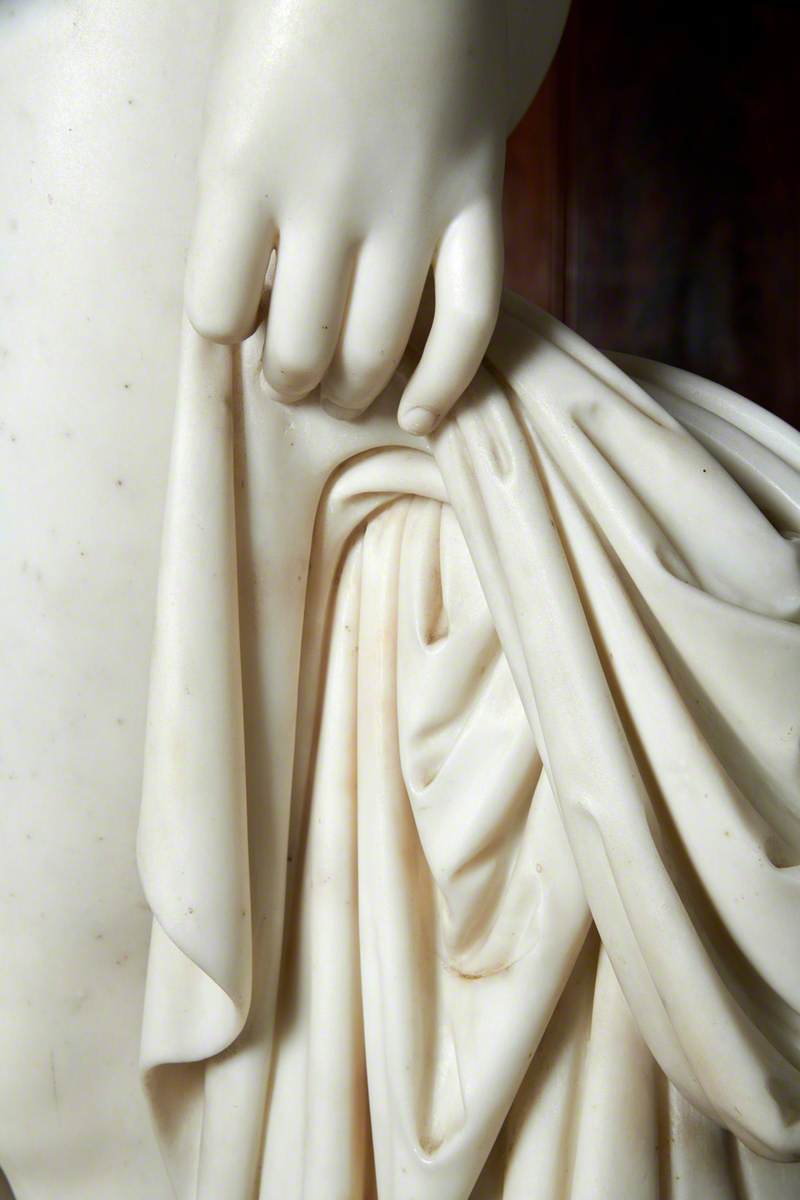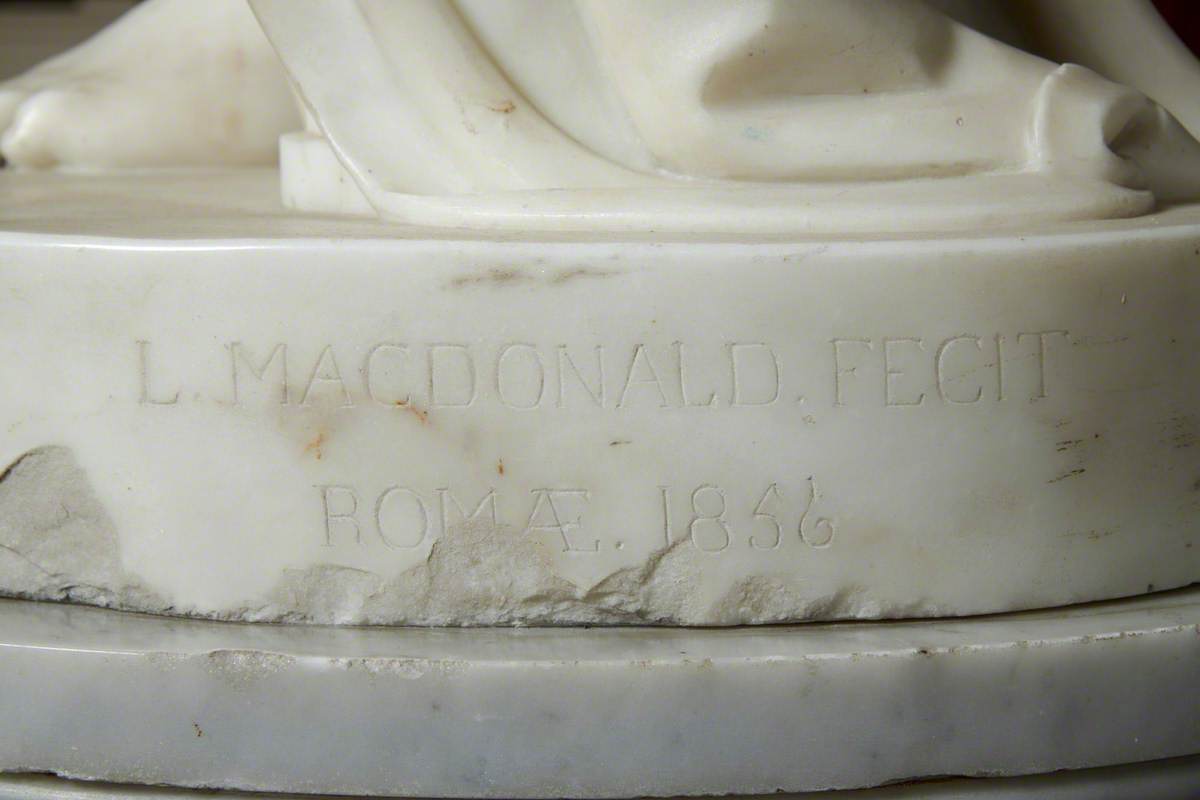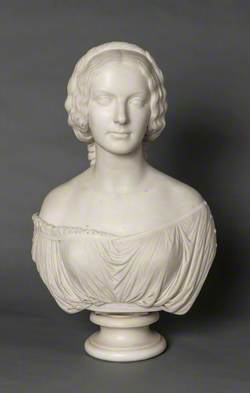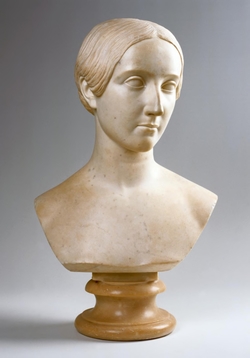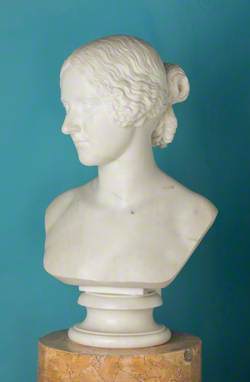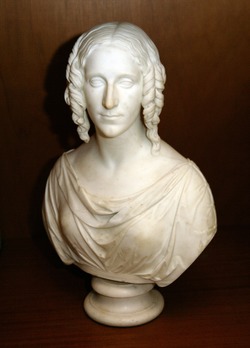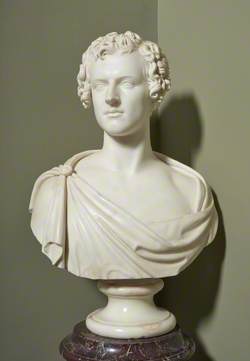How you can use this image
This image can be used for non-commercial research or private study purposes, and other UK exceptions to copyright permitted to users based in the United Kingdom under the Copyright, Designs and Patents Act 1988, as amended and revised. Any other type of use will need to be cleared with the rights holder(s).
Review the copyright credit lines that are located underneath the image, as these indicate who manages the copyright (©) within the artwork, and the photographic rights within the image.
The collection that owns the artwork may have more information on their own website about permitted uses and image licensing options.
Review our guidance pages which explain how you can reuse images, how to credit an image and how to find images in the public domain or with a Creative Commons licence available.
Notes
Add or edit a note on this artwork that only you can see. You can find notes again by going to the ‘Notes’ section of your account.
This and the ‘Bacchante at the Bath’ (NT 1221034.1) appear to be replicas or variants of statues that Macdonald had originally carved for other patrons – the ‘Bacchante’, or the ‘Bacchante Weaving Her Hair’ that he had made for Lord Ward in 1849, and the Venus, that he had made for the Hon. A. D. Willoughby (later 22nd Lord Willoughby de Eresby) in 1853 (and exhibited at the Royal Academy in 1854), and that is now (by descent) at Grimsthorpe Castle. Despite his high reputation in Edinburgh and London, MacDonald returned to Rome in September 1832, where he worked for the rest of his career. After the Danish sculptor, Bertel Thorvaldsen, died in 1844, Lawrence took over his studio in the Palazzo Barberini with his brother John MacDonald, who worked as an assistant, succeeded later by his son Alexander.
Title
Venus at the Bath
Date
1856
Medium
Carrara marble
Measurements
H 159.5 x W 57.2 x D 47 cm
Accession number
1221033.1
Work type
Statue
Signature/marks description
signed and dated: L. Macdonald, Fecit Romae, 1856

